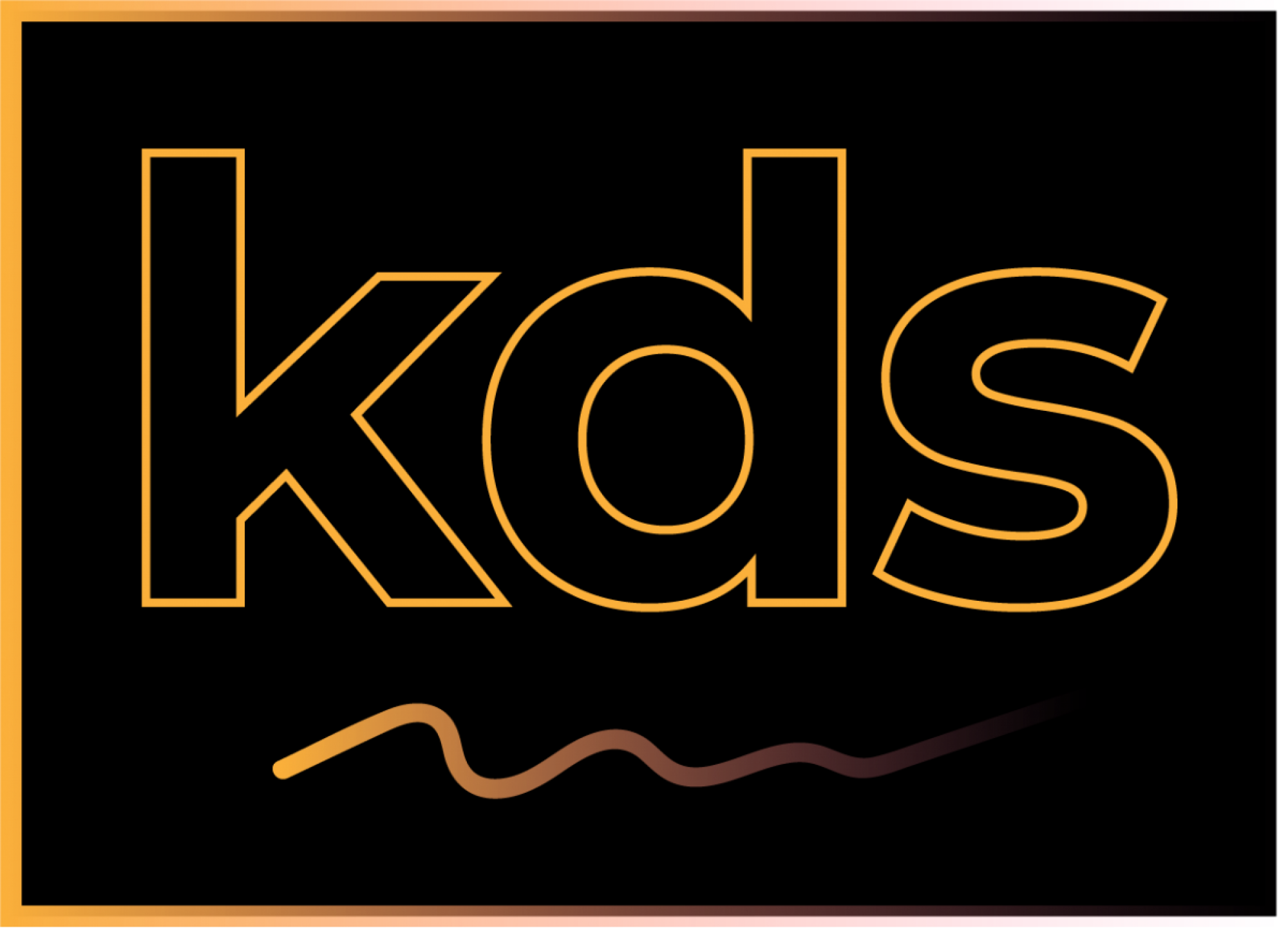This class was particularly interesting because it dealt with one of the most important things in this life – money. Everyone wants to know that not only are they doing what they love, but that they are getting paid accordingly to do it. How much money one makes in the design field is dependent on many things – experience of course, being one of them.
After graduation, one of the first positions you will naturally hold is that of a Junior Graphic Designer, then you move up to Senior Graphic Designer. Senior Graphic designers usually start off around $50,000 per year. After which you can move up to Art Director which makes approximately $80,000 per year. It was suggested that whenever you get a pay increase, you can look for other employment at an even higher level, that way you will have the leverage to ask for an even higher salary. So for example, if you are a Senior Graphic Designer making $50,000, you can apply elsewhere for an Art Director position and ask for a higher increase. Whereas, if you stayed with the same company and moved up to the Art Director position, your percent increase in pay would be significantly lower.
Another avenue one can explore is using a Creative Agency to find employment. Although the work will be temporary, the possibility is definitely there to become full-time at that company. One of the good things about going through a creative agency, is that you might end up not liking the company you’re working for so at least at the end of the 3 or 6 months etc term of your employment, you are not tied to any one company. Also, depending on the job/company, you can make anywhere from $35 – $40 per hour or even more.
Freelancing is also another avenue one can explore for work. Of course you will have to build up a clientele but there is also an opportunity to make a substantial amount of money from just one job. We were given an example of a designer that made about $30,000 (if I remember correctly) from a rebranding project that she did. When doing freelance work, it is very important to make sure you have a contract in place – terms and conditions – so that way all your ducks are lined up and you don’t get shortchanged. Projects under $2,500 require a contract where you ask for at least 50% of the pay upfront. For anything greater than $2,500, you would do a proposal which is more detailed with even more terms and conditions. It would include things such as how many rough sketches and art work submitted at each stage of the design project. It would also include kill cancellation fees etc.
Towards the end of the class, a few recommendations were made; such as visiting the AIGA website and looking/reading up on their terms and agreements. It has language there that we can incorporate into our own contracts. Also, it was suggested that we read a few books on self-starting businesses such as The Science of Getting Rich and You’re a Badass at Making Money.



